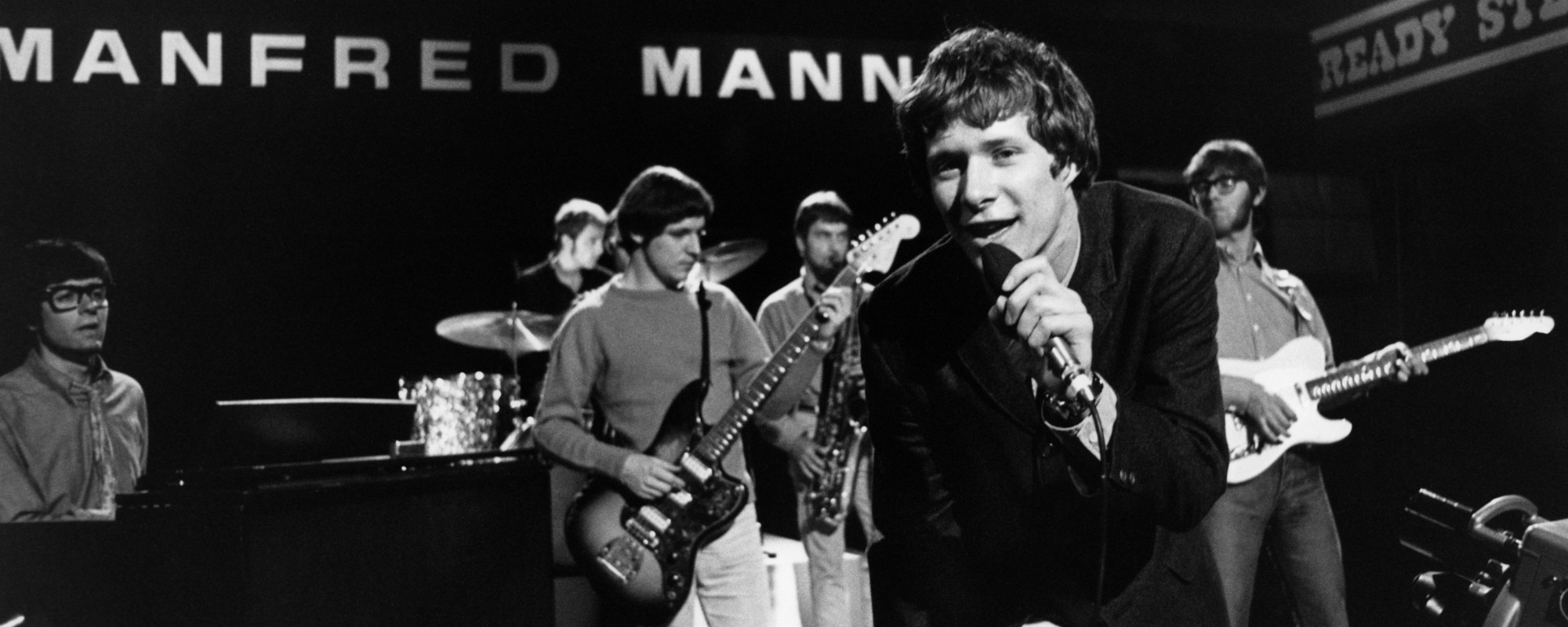You’d think after one hundred years, “Man Of Constant Sorrow” would eventually get old. But the American folk standard, which has been covered by everyone from a young Bob Dylan to Norwegian girl-group Katzenjammer, and helped launch the modern Americana movement with its canny placement in the film O Brother, Where Art Thou?, has been on music lovers’ collective minds since at least 1913. Through many different melodies, rewrites, and iterations (“girl,” “soul,” etc.) “Man Of Constant Sorrow” has refused to die.
Videos by American Songwriter
It’s the old-timey gift that keeps on giving; feeling bad never felt so good.
Anybody familiar with the Oscar-nomiated O Brother and its multi-platinum-selling soundtrack can sing a verse or two. T Bone Burnett, who produces every third commercially released record these days, curated the music for the Coen Brothers’ celebrated sepia-toned satire, and made the song The Soggy Bottom Boy’s big, show-stealing number. Portrayed by George Clooney, George Nelson and John Turtorro, who may or may not be able to carry a tune, the real-life vocals for The Soggy Bottom Boys were provided by Nashville songwriter Harley Allen, bluegrass musician Pat Enright, and Dan Tyminksi, a guitar and mandolin player on loan from Alison Krauss and Union Station. Tyminski’s big, beautiful bear of a voice, echoed by Enright and Allen’s brown-sugared harmonies, brimmed with enough soul, grit and fire to make a distracted nation stand up and take notice. In a movie that featured strong vocal turns from Ralph Stanley, Gillian Welch and Alison Krauss, Tyminski more than held his own. He also sang the song as if he’d lived it, and with such conviction that it eventually made it to No. 35 on the Billboard Hot Country Singles chart in 2002. O Brother helped make Tyminski, Krauss, Welch and Burnett the highly respected (and marketable) artists they are today, and spawned a fantastic music tour and the live concert film Down From The Mountain. There was a trickle-down effect as well, which can be seen in the thriving careers of today’s heavily hyped, acoustic-leaning acts like The Avett Brothers and Mumford & Sons.
Neither movies, album sales, or inexplicably popular British folk acts were likely on the mind of the song’s creator, current name and whereabouts unknown. It’s speculated that it spilled from the pen of Dick Burnett (a distant relative of T Bone?), a mostly blind fiddler from Kentucky, but that’s not confirmable. Burnett, who published the tune under the name “Farewell Song” in a 1913 songbook, had a senior moment when he was asked if he had actually written it, stating “I think I got the ballad from somebody… I dunno. It may be my song.” Ralph Stanley didn’t think so. The bluegrass legend told NPR that the song was probably one or two hundred years older than Burnett himself. “The first time I heard it I was a small boy,” recalled Stanley, who named his autobiography after it. “My daddy had some of the words to it, and I heard him sing it, and my brother and me, we put a few more words to it, and brought it back in existence. I guess if it hadn’t been for that, it’d have been gone forever.”
As The Stanley Brothers, Ralph and his brother Carter gave the song its big coming out party in 1951, when they cut it for Columbia Records. Once it was absorbed into the folk music canon, Bob Dylan took a shine to it, recording it on his 1961 debut covers album, Bob Dylan. Dylan’s version is far more sorrowful than the O Brother version, with a melody that’s quite different from Tyminski’s. And like the rest of the record, it shows off his unique ability to impersonate a weathered, phlegmatic old man (long before he would actually become one.) But Joan Baez, his future duet partner, got there first, spicing it up pronoun-wise (as she was wont to do) by turning it into “Girl Of Constant Sorrow” (perhaps taking her cue from widower Sarah Ogan Gunning’s lyrical rewrite in 1936). Judy Collins followed suit in ‘61; her debut album was dubbed A Maid Of Constant Sorrow, and it sure was melancholy.
If everyone could agree on the effectiveness of the song’s central conceit, no one seems to be able to come up with a consensus on the words. The O Brother version has this choice nugget: You can bury me in some deep valley / For many years where I may lay / Then you may learn to love another/ While I am sleeping in my grave.” Dylan’s version has no such verse, but plays up the young, rebellious boyfriend aspect: “You’re mother says I’m a stranger, my face you’ll never see no more,” he tells his soon to be ex-lover, before promising to sneak around with her in heaven. Dylan’s protagonist wanders “through ice and snow, sleet and rain,” while Stanley’s spends “six long years in trouble,” with no friends to help him now.
Whether the singer is saying goodbye to old Kentucky (Tyminski), Colorado (Dylan), or California (Collins), somebody is getting the big kiss off. “Man Of Constant Sorrow” is essentially one of America’s oldest breakup songs. “If I knew how bad you’d treat me, honey I never would have come.” It’s that sunny outlook that has helped “Man Of Constant Sorrow” remain an essential part of popular music’s long, constantly evolving story.








Leave a Reply
Only members can comment. Become a member. Already a member? Log in.